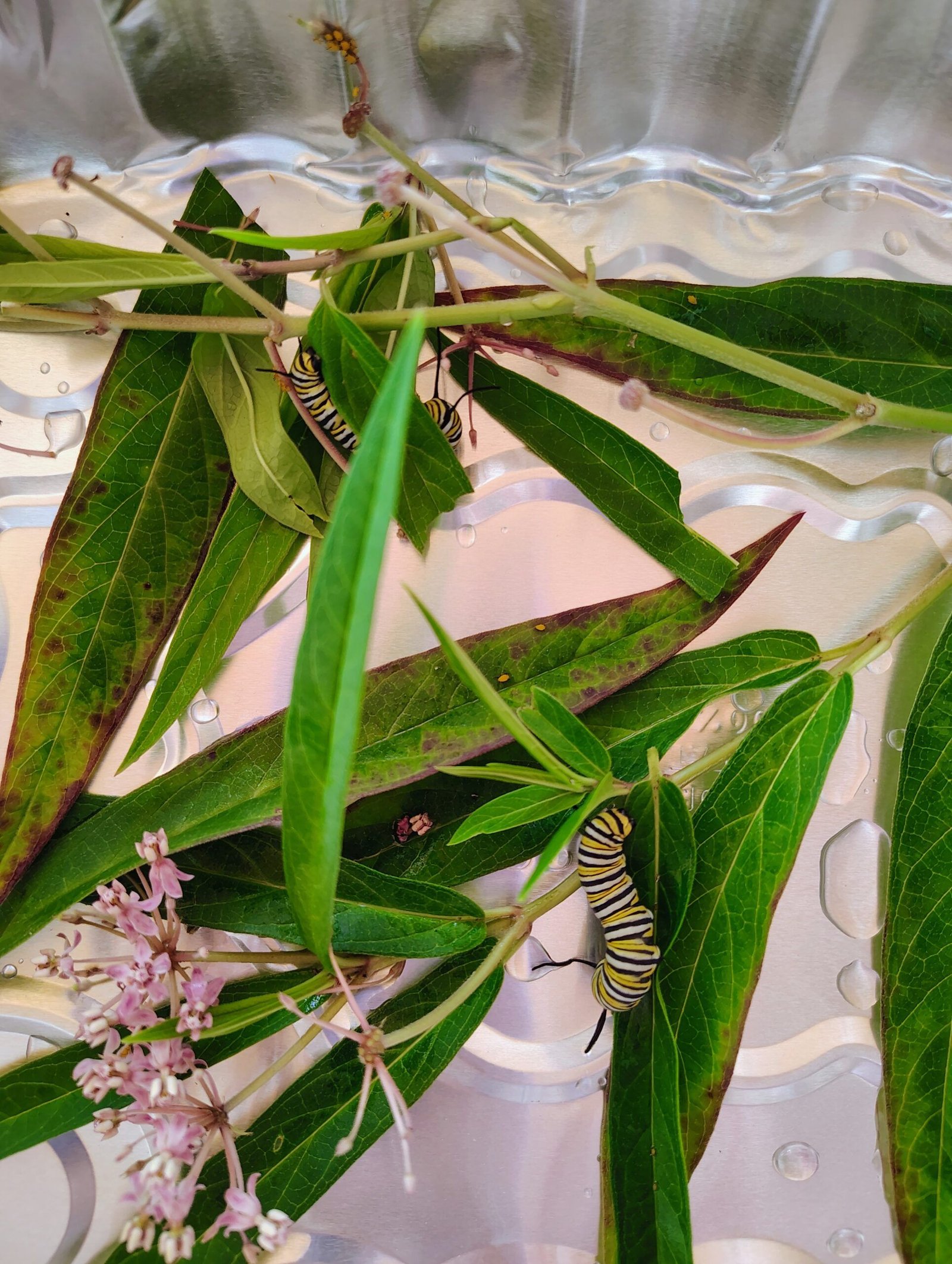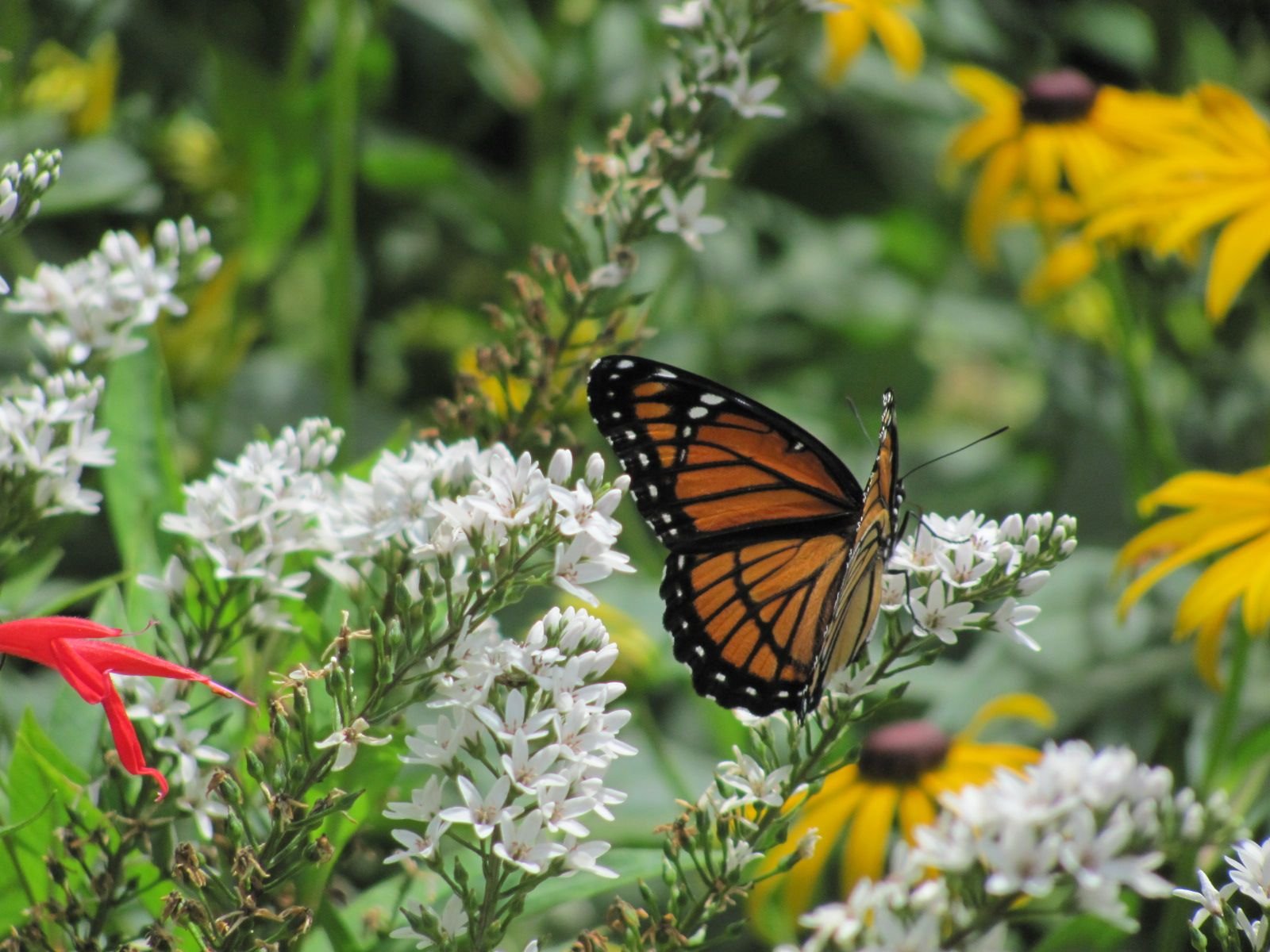According to the National Wildlife Federation, anyone Can Be Part of the Native Plant Movement
Over 50 years ago, they launched programs that have inspired what has become one of the largest national (and increasingly international) native plant movements. Since 1973, their goal has been to inspire people to plant natives and influence the way they maintain their yards, gardens, and community green spaces to benefit wildlife and people.
Today, an estimated seven million people have participated. By planting natives, they’ve supported local biodiversity that echoes what Indigenous people, conservationists, and many local community leaders have known for generations—that we must honor the interdependent relationship between plants, wildlife, and people…



